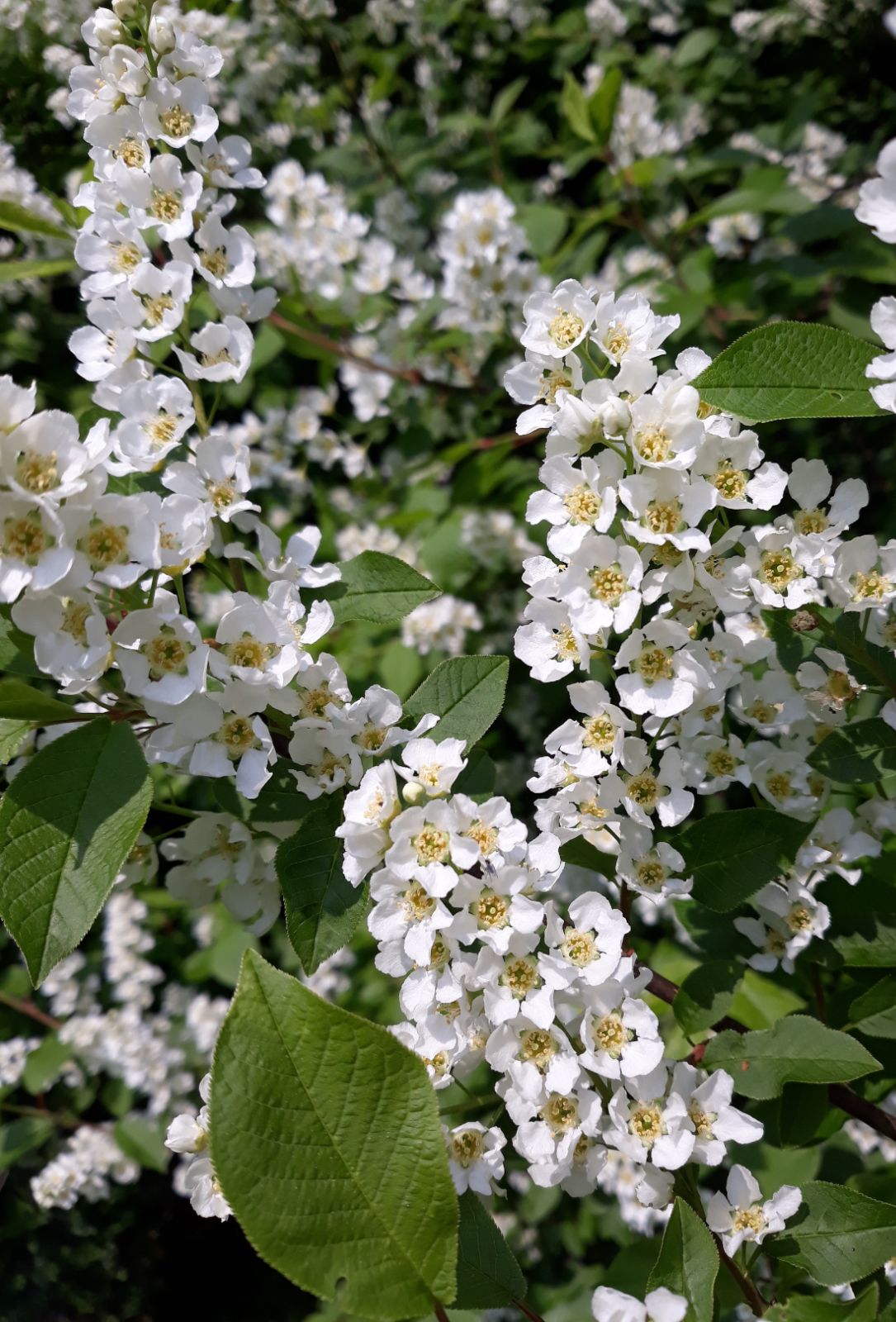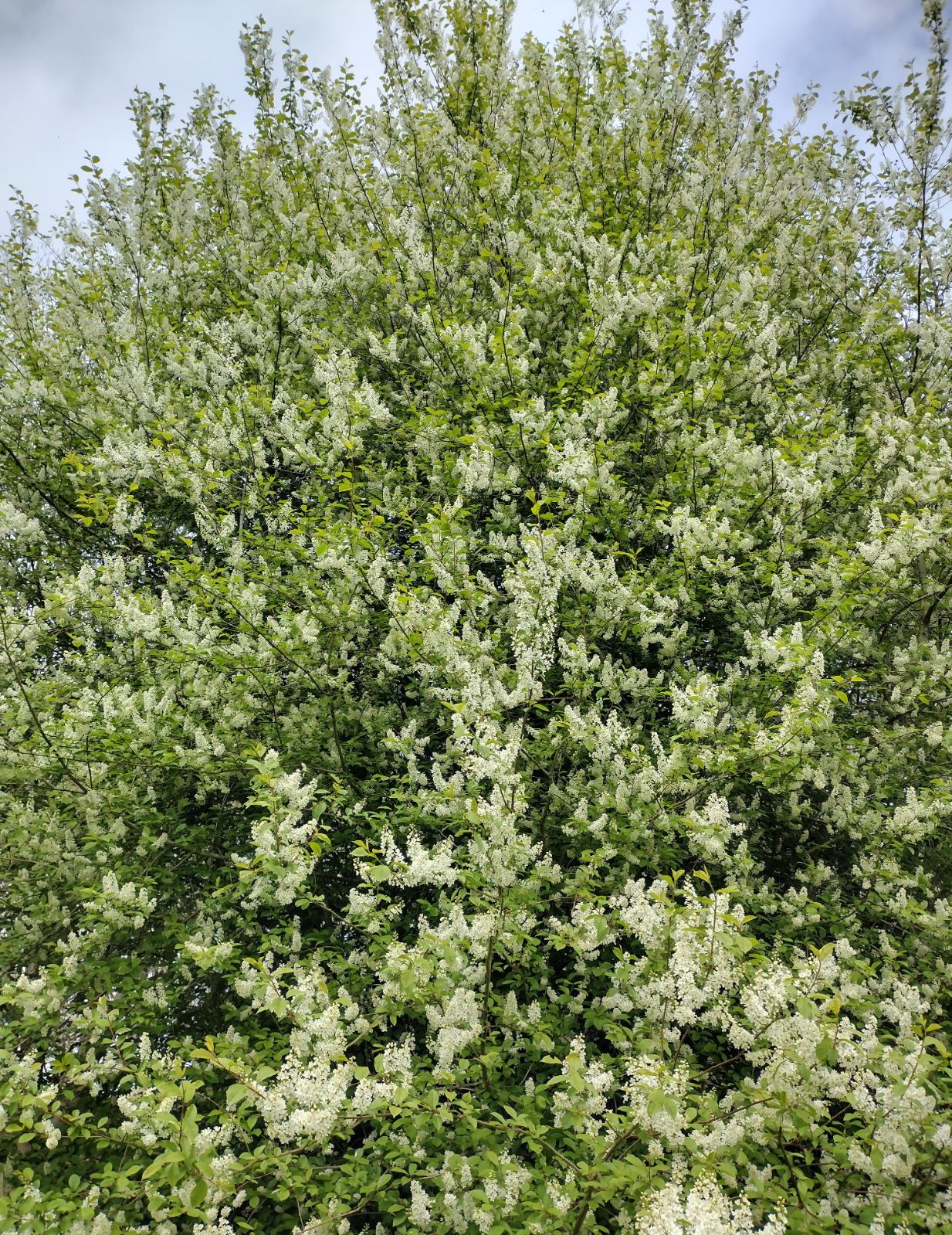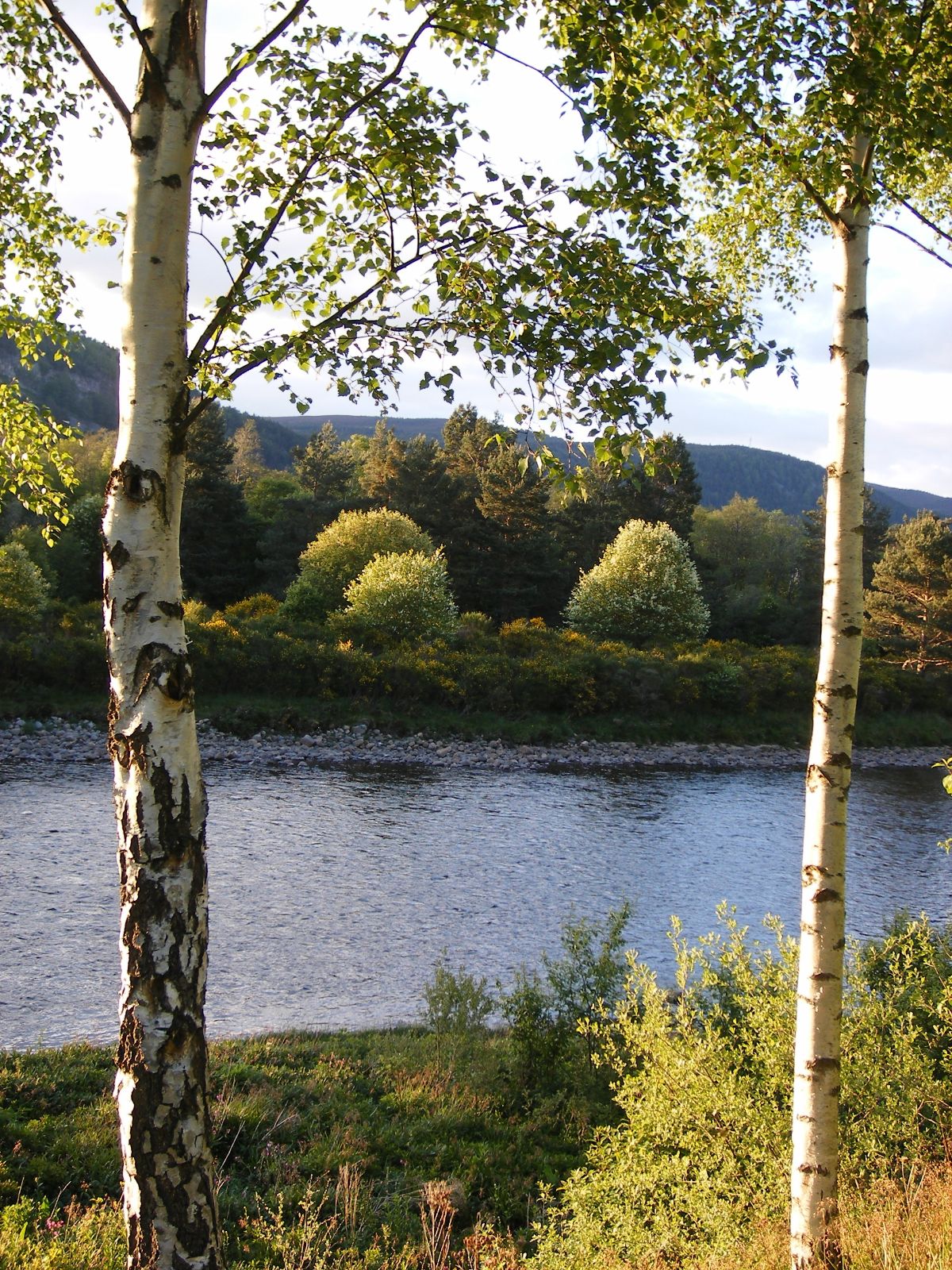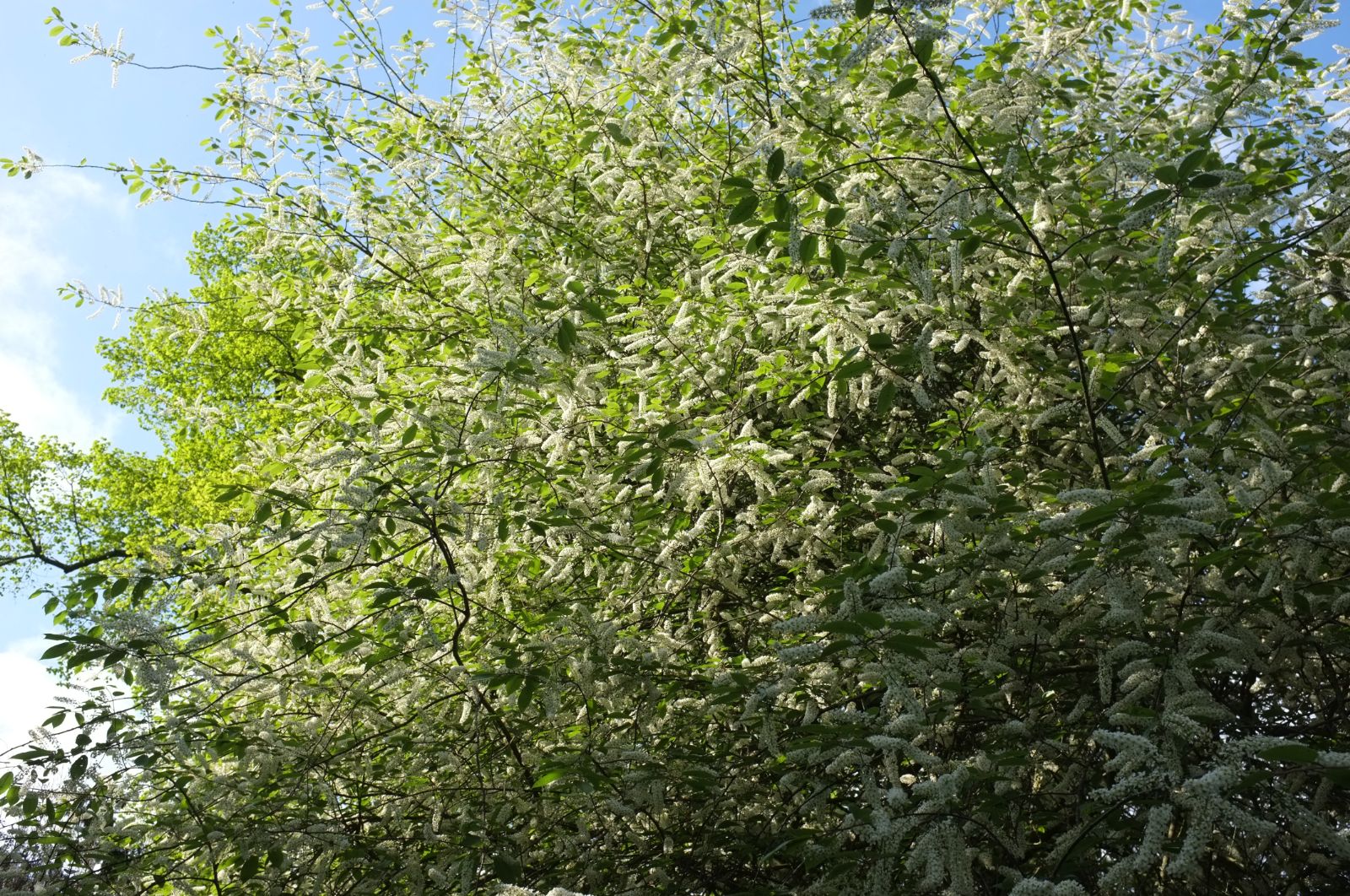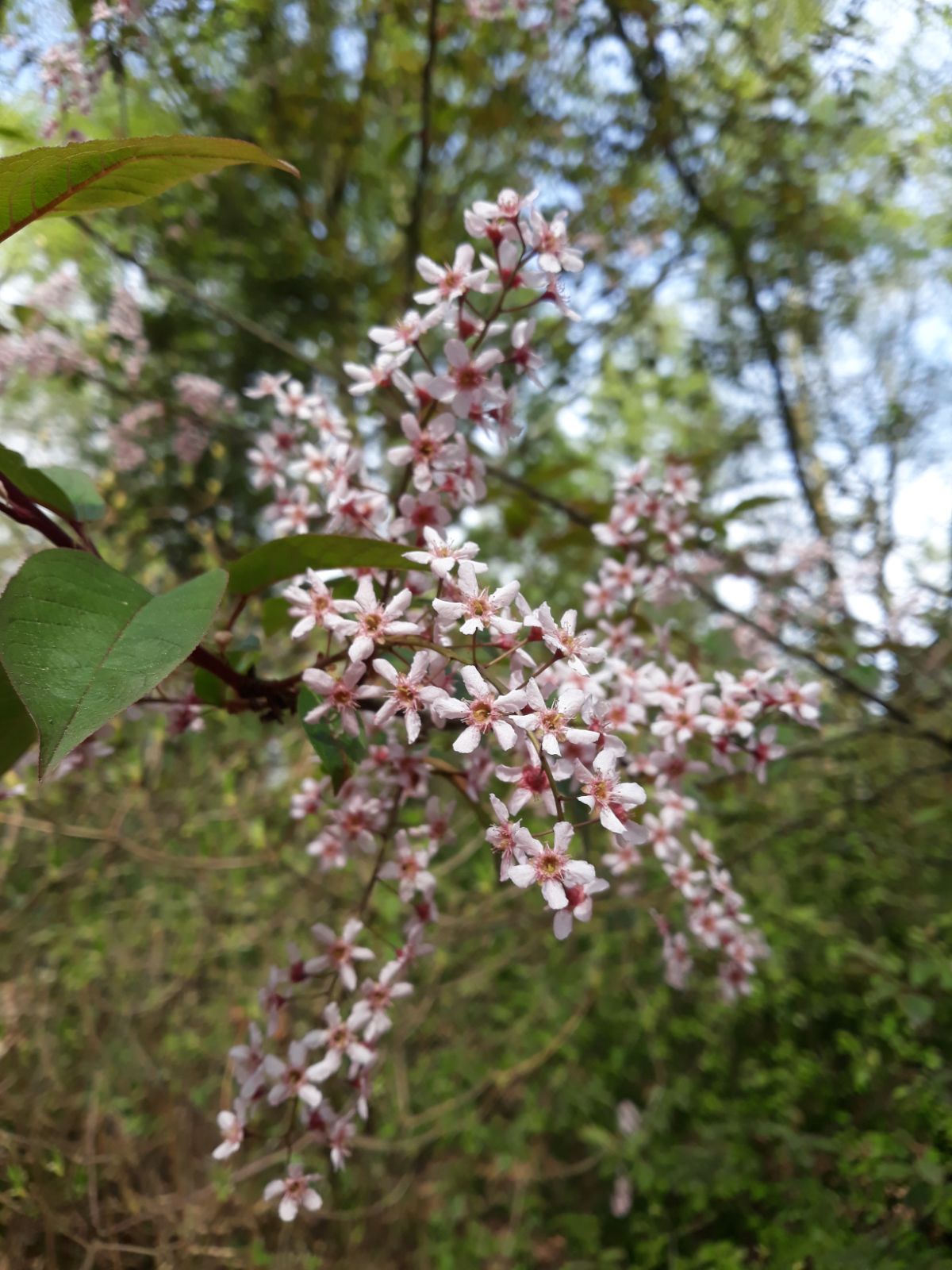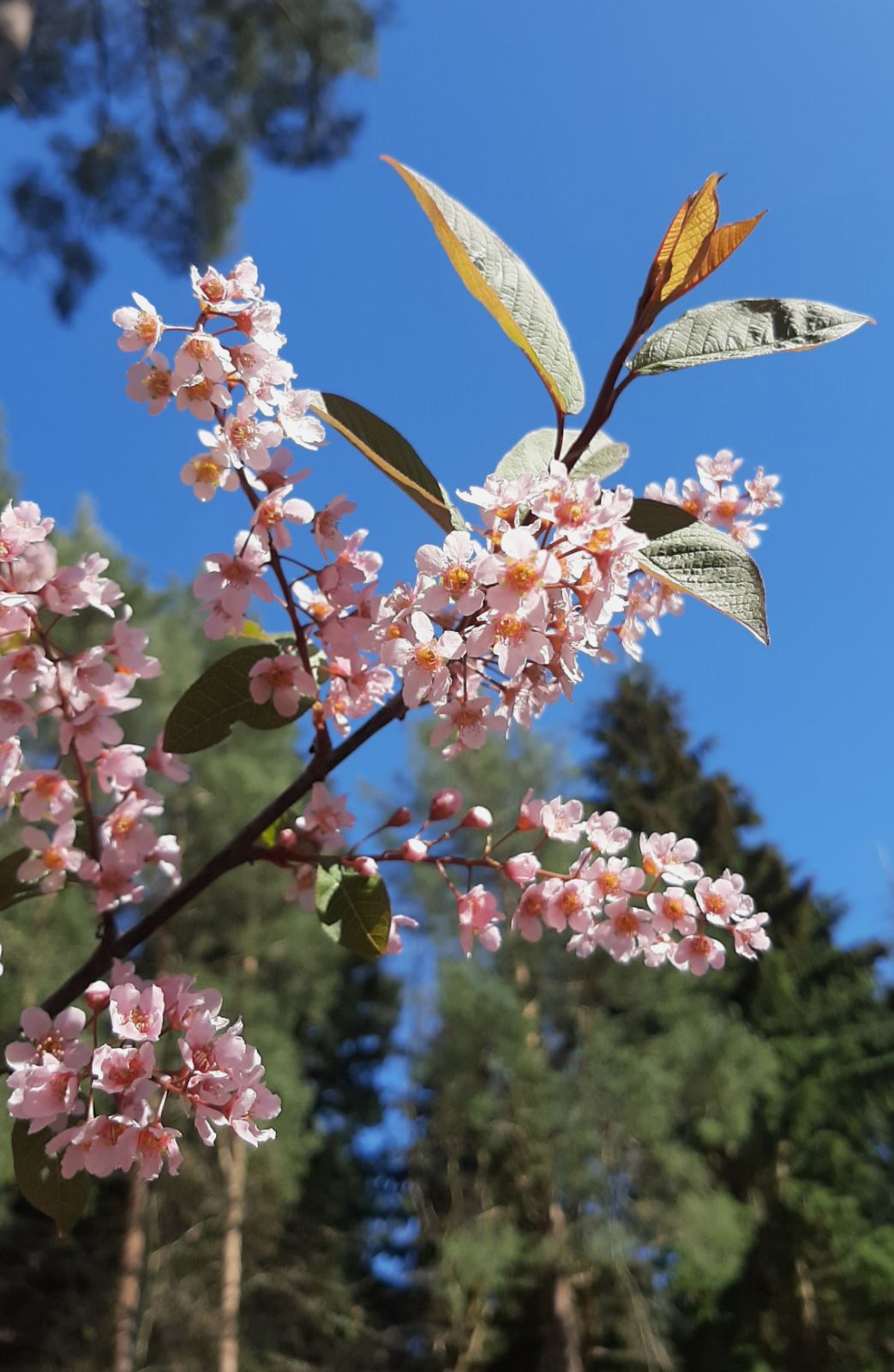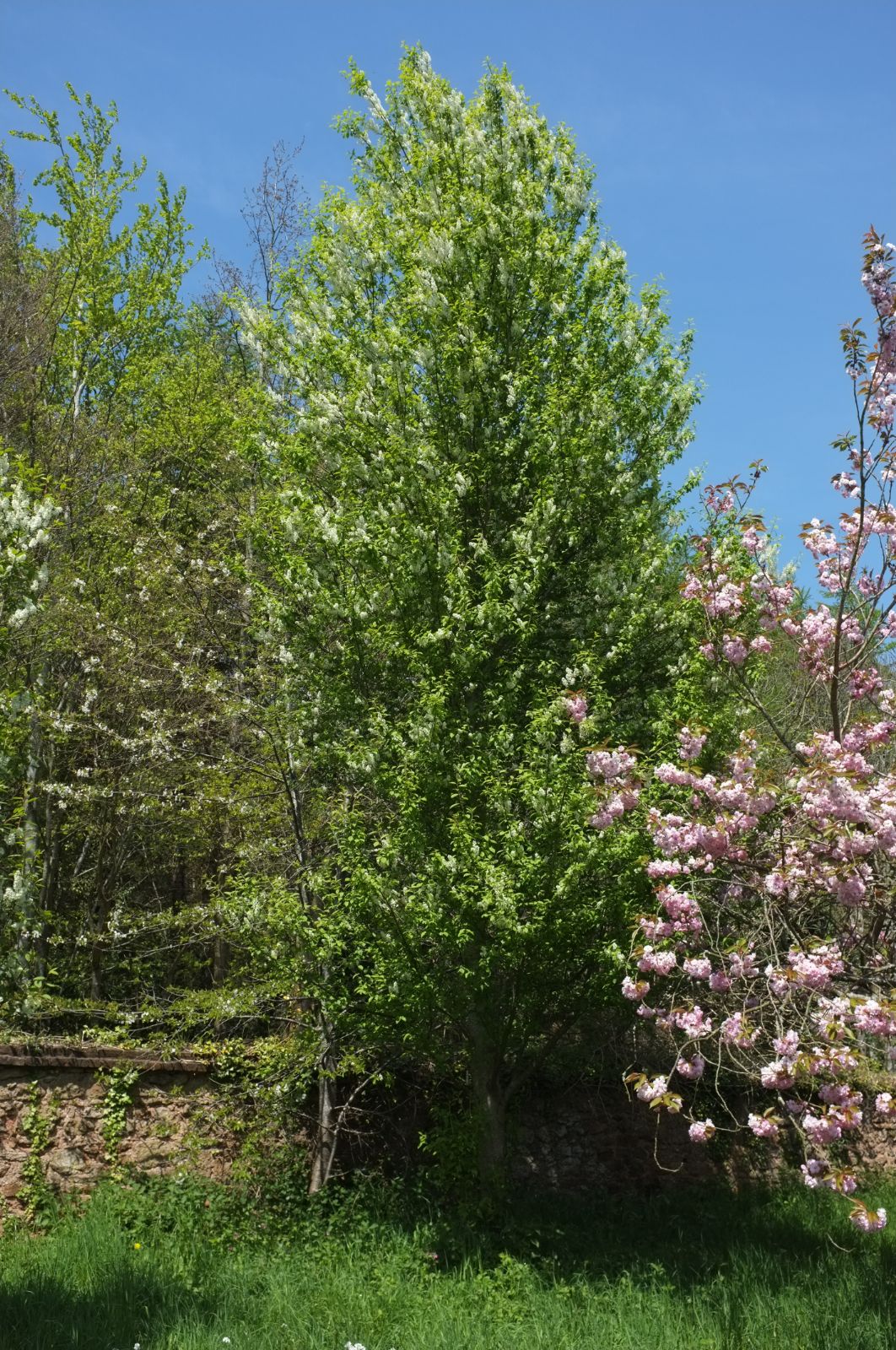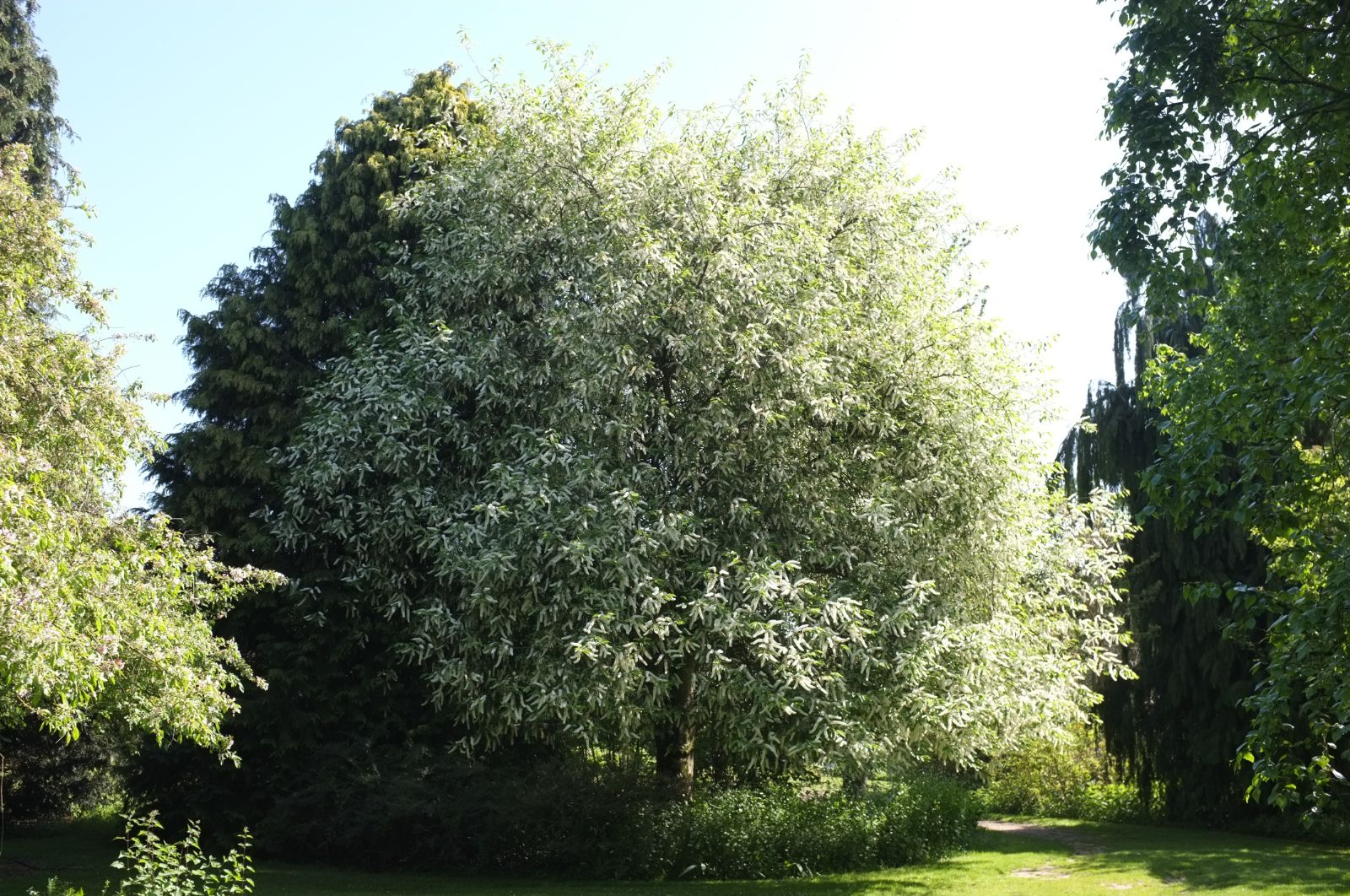Prunus padus
Credits
Article from Bean's Trees and Shrubs Hardy in the British Isles
Recommended citation
'Prunus padus' from the website Trees and Shrubs Online (treesandshrubsonline.
Infraspecifics
Other taxa in genus
- Prunus alleghaniensis
- Prunus americana
- Prunus × amygdalo-persica
- Prunus amygdalus
- Prunus angustifolia
- Prunus apetala
- Prunus arabica
- Prunus argentea
- Prunus armeniaca
- Prunus avium
- Prunus besseyi
- Prunus brigantina
- Prunus campanulata
- Prunus canescens
- Prunus cantabrigiensis
- Prunus cerasifera
- Prunus cerasus
- Prunus cocomilia
- Prunus concinna
- Prunus conradinae
- Prunus consociiflora
- Prunus cornuta
- Prunus cuthbertii
- Prunus dasycarpa
- Prunus davidiana
- Prunus × dawyckensis
- Prunus dielsiana
- Prunus domestica
- Prunus dulcis
- Prunus emarginata
- Prunus × fontanesiana
- Prunus fruticosa
- Prunus glandulosa
- Prunus grayana
- Prunus himalaica
- Prunus hortulana
- Prunus humilis
- Prunus ilicifolia
- Prunus incana
- Prunus incisa
- Prunus jacquemontii
- Prunus kansuensis
- Prunus lannesiana
- Prunus laurocerasus
- Prunus litigiosa
- Prunus lusitanica
- Prunus maackii
- Prunus mahaleb
- Prunus maritima
- Prunus maximowiczii
- Prunus microcarpa
- Prunus mira
- Prunus mugus
- Prunus mume
- Prunus nigra
- Prunus nipponica
- Prunus orthosepala
- Prunus pensylvanica
- Prunus persica
- Prunus pilosiuscula
- Prunus prostrata
- Prunus pumila
- Prunus rufa
- Prunus salicina
- Prunus sargentii
- Prunus serotina
- Prunus serrula
- Prunus serrulata
- Prunus sibirica
- Prunus × sieboldii
- Prunus simonii
- Prunus sogdiana
- Prunus speciosa
- Prunus spinosa
- Prunus ssiori
- Prunus subcordata
- Prunus subhirtella
- Prunus takesimensis
- Prunus tangutica
- Prunus tenella
- Prunus tomentosa
- Prunus triloba
- Prunus virginiana
- Prunus × yedoensis
A deciduous tree, with strong, rather acrid-smelling bark, from 30 to over 50 ft high, of open, rather gaunt habit when young; the branchlets usually covered at first with a fine down, sometimes quite glabrous. Leaves oval or obovate, 3 to 5 in. long, 11⁄2 to 21⁄2 in. wide, pointed at the end, mostly rounded or slightly heart-shaped at the base, finely toothed, dull dark green above, glabrous beneath or with tufts of down in the vein-axils beneath; stalk glabrous, with two or more glands, 1⁄2 to 3⁄4 in. long. Flowers fragrant, white, 1⁄3 to 1⁄2 in. wide, borne on drooping or spreading racemes 3 to 6 in. long, and from 3⁄4 to 11⁄4 in. through, which terminate short leafy shoots; calyx with five shallow, rounded, often glandular lobes. Fruits round, 1⁄4 to 1⁄3 in. in diameter, black, harsh and bitter to the taste.
The bird cherry is widely spread over the northern part of the Old World, extending in one or other of its forms from the British Isles to Japan. It is a very hardy tree, and not particular as to soil. Whilst the typical form may give place in gardens to such varieties as ‘Plena’ and ‘Watereri’, it is itself very charming when planted in thin woodland. The named varieties are best propagated by budding on seedlings of the type in July. The tree has little economic value, although the timber, when available, is valued by cabinet-makers, and the fruit (according to Loudon) has been used to flavour brandy and home-made wines. It flowers in May.
From the Supplement (Vol. V)
var. commutata – This also comes into leaf much earlier than does the typical variety.
cv. ‘Watereri’. – This has reached 88 × 61⁄4 ft at Hergest Croft, Herefordshire (1985).
'Albertii'
A very free-flowering variety, with short, crowded racemes. Received by Kew in 1902 from the Vilmorin collection; the name suggests that it was originally introduced to the St Petersburg Botanic Garden by Albert Regel.
'Aucubifolia'
Leaves spotted after the manner of Aucuba japonica; of little value.'Aurea'
Young leaves yellowish. This form is of no particular value in regard to its leaves, which soon turn green, but it has good robust foliage and its flowers are of larger size than normal.'Colorata'
Stems dark purple; young leaves coppery purple, later dark green, purplish beneath. Flowers pale pink.
P × laucheana Bolle ex Lauche
Synonyms
P. padus var. rotundifolia Hort. ex Koehne
'Pendula'
Branches pendulous.'Plena'
Flowers large and double, longer-lasting than in the normal form.'Stricta'
Racemes quite erect.var. commutata Dipp.
Synonyms
P. grayana Hort., not Maxim
'Watereri' ('Grandiflora')
Racemes up to 8 in. long; leaves with conspicuous tufts of down in the axils of the veins. Raised by the Knap Hill Nursery, before 1914. A.G.M. 1930.

